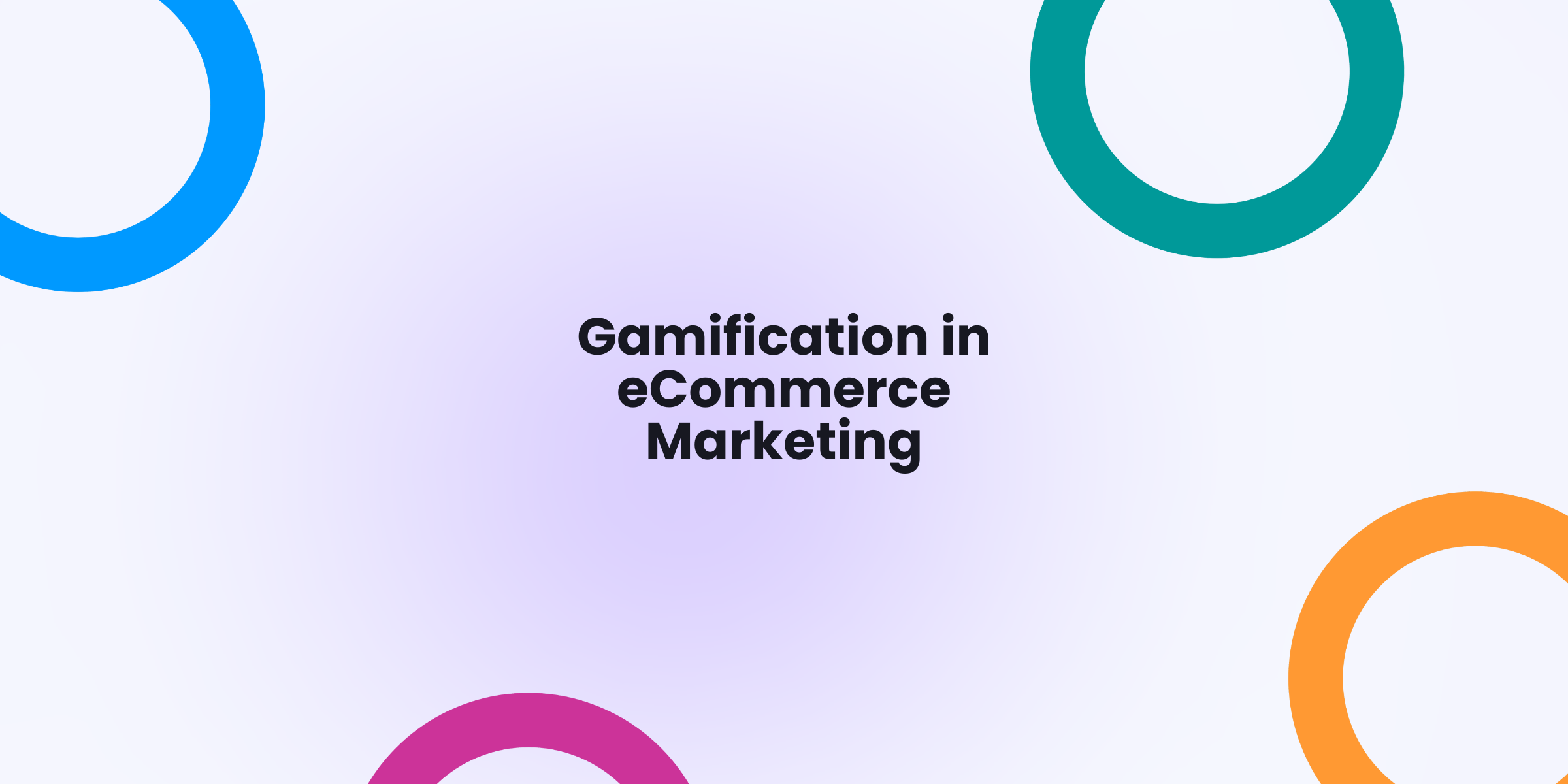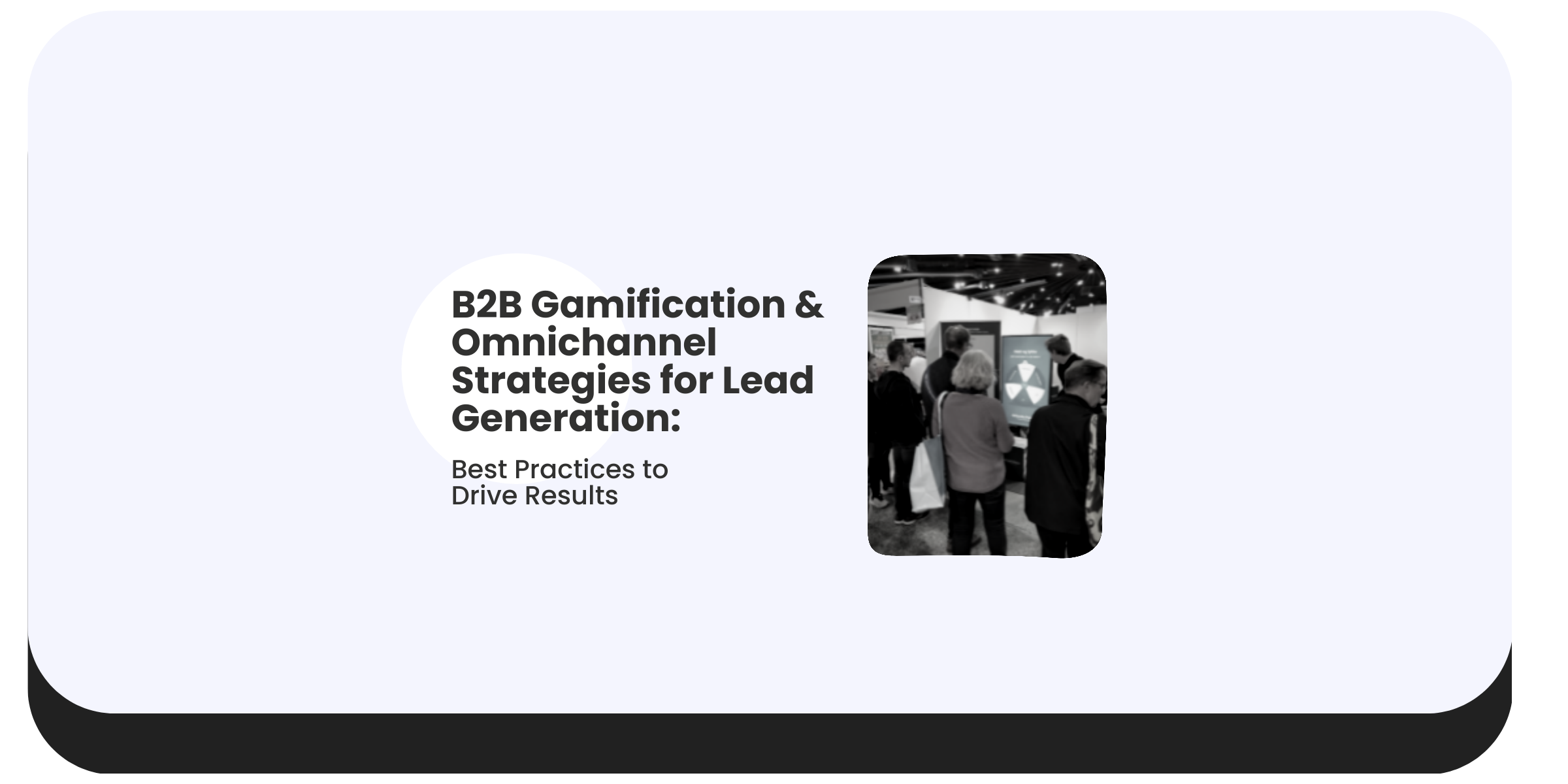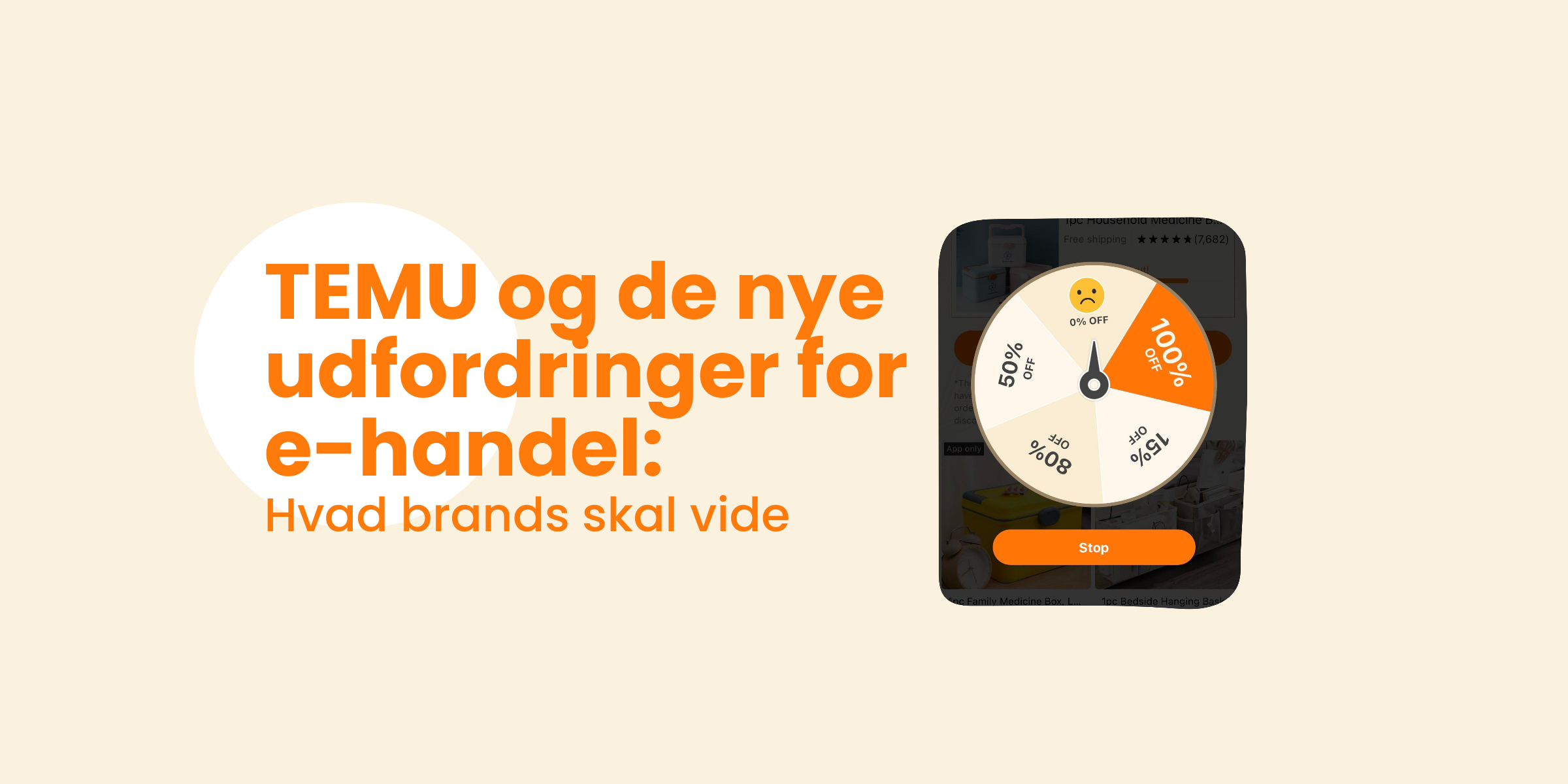Empowering brand engagement: Leveraging first-party and zero-party data
Brand engagement has evolved into a pivotal factor for business success. Deloitte Insights highlighted that businesses that personalize customer experiences see a 10-20% increase in revenue.
Understanding and responding to customer needs in real time has become the cornerstone of effective engagement strategies. Learn more about first-party and zero-party data – the dynamic duo empowering businesses to forge meaningful connections with their audience like never before.
Understanding First-Party and Zero-Party Data
First-Party Data:
Though not a novel topic, first-party data continues to present a substantial challenge for organizations worldwide. The upcoming phase-out of third-party cookies is expected to surprise many brands. Browsers are already introducing diverse ad and cookie-blocking measures, and Google Chrome is slated to default to blocking third-party cookies by 2024. This transition emphasizes the necessity for brands to reevaluate and strengthen their approaches to first-party data.
First-Party data is gold mined and comes directly from your customers – their interactions, behaviours, and preferences gathered from your owned channels. It includes website analytics, purchase history, social media engagement, and more. It’s reliable, accurate, and offers a deeper understanding of your audience.
First-Party data utilization example (Electronics E-commerce):
An online electronics retailer collects first-party data through various touchpoints, including website interactions, purchase history, and customer preferences.
Upon analyzing the browsing behaviour on their website, the retailer notices that a significant number of customers are exploring high-end smartphones but frequently abandoning their carts during checkout. Leveraging this insight, they implement a personalized pop-up survey during checkout, asking customers about their specific concerns or reasons for not completing the purchase.
Zero-Party Data:
Unlike traditional data types, zero-party data is willingly shared by customers. It’s the explicit information they provide, such as surveys, preference centers, feedback forms, or any data shared with consent. This data is incredibly valuable as it offers direct insights into customer preferences and intentions.
Zero-Party data utilization example (Electronics E-commerce):
An electronics retailer initiates a zero-party data collection strategy by offering customers the option to participate in a “Preference Center.” Here, customers willingly provide information about their favourite electronics brands, preferred features in a smartphone, and their intended use (e.g., gaming, photography, business).
Using the insights gained from the Preference Center, the retailer tailors their email marketing campaigns, sending targeted recommendations based on customers’ stated preferences. For instance, a customer interested in gaming receives personalized emails featuring the latest gaming smartphones or accessories. This personalized approach, driven by zero-party data, significantly boosts click-through rates and conversions.
These examples underline how an electronics e-commerce retailer can effectively utilize both first-party and zero-party data to refine their strategies, improve conversions, and create more engaging, personalized experiences for their customers.
The role of data in real-time responsiveness
Tailoring personalized experiences:
First-party and zero-party data combined enable businesses to create hyper-personalized experiences. By understanding customer preferences and behaviors in real time, companies can tailor their offerings, communications, and interactions to suit individual needs.
Forrester Consulting’s study revealed that 79% of consumers are willing to share relevant information about themselves in exchange for contextualized engagement, and 73% prefer to do business with brands that use personal information to make their shopping experiences more relevant.
Swift responsiveness:
Having access to real-time data allows businesses to respond promptly to changing customer preferences. Whether it’s adapting marketing strategies, refining product offerings, or customizing services, this agility is a game-changer in today’s fast-paced market.
Tips for effective utilization of data for personalized engagement
- Invest in robust data collection mechanisms:
Optimize your website and digital touchpoints to collect first-party data seamlessly. Implement preference centers, surveys, and interactive content (gamification marketing) to encourage the sharing of zero-party data willingly.
- Implement advanced analytics tools:
Utilize powerful analytics tools to derive actionable insights from the collected data. This could involve customer segmentation, predictive analysis, or behavior-based targeting to personalize engagement strategies.
- Focus on transparency and consent:
Respect customer privacy and preferences. Clearly communicate how their data will be used and seek consent for data collection. Establishing trust is key to acquiring valuable zero-party data.
- Iterate and adapt in real time:
Regularly analyze and iterate your engagement strategies based on the insights gleaned from the data. Agility and adaptability are crucial in staying ahead in a rapidly changing market.
As marketers, it’s crucial to reconsider our strategies, shifting from presumptions about behaviors to actively requesting specific data. Instead of relying solely on broad demographics, prioritize comprehending user motivations. The path ahead involves seeking explicit information that enriches user experiences, nurturing stronger bonds between brands and consumers.
By following these actionable tips and embracing data-driven strategies, brands can elevate their engagement game, creating experiences that resonate deeply with their audience and ultimately driving long-term success.
*Remember, the key lies in the ethical collection and smart utilization of data to enhance customer experiences and build lasting relationships.*
For more insights on optimizing brand engagement through data-driven strategies, stay tuned to our blog for upcoming articles!
Ready to level up your engagement strategy?
Explore the strategy of interactive marketing to create personalised experiences, foster engagement, and establish meaningful connections with your audience. With Scratcher as a partner you will have:
- User-friendly integration: Easily integrate interactive content with all of your favourite marketing tools
- 24/7 customer support: We're here to assist you every step of the way
- Customisable templates: Personalise your campaign to reflect your unique brand
Share Post:
More insights to gamification marketing strategies

Building Memorable Brand Experiences: The Power of Interactivity
Looking for better ways of engaging your webshop visitors? Check out these tips for your Ecommerce.

How to Effectively Implement Gamification in eCommerce Marketing
Looking for better ways of engaging your webshop visitors? Check out these tips for your Ecommerce.

B2B Gamification and Omnichannel Strategies for Lead Generation
In the world of B2B marketing, capturing and engaging leads has become increasingly complex. The answer? A combination of gamification and omnichannel strategies. By leveraging

TEMU og de nye udfordringer for e-handel: Hvad brands skal vide
E-handels landskabet ændrer sig hurtigt, og TEMU står i spidsen for denne udvikling. Vores seneste whitepaper, “TEMU og de nye udfordringer for e-handel,” giver en





